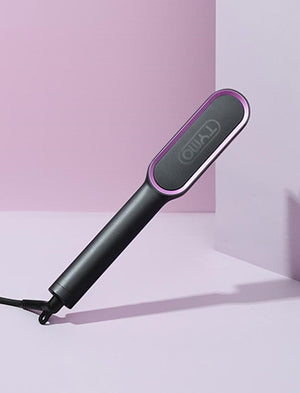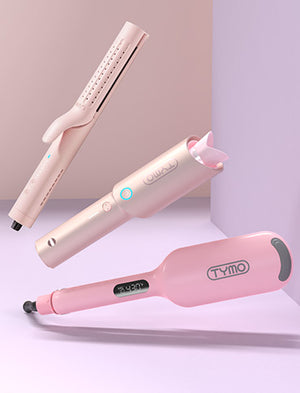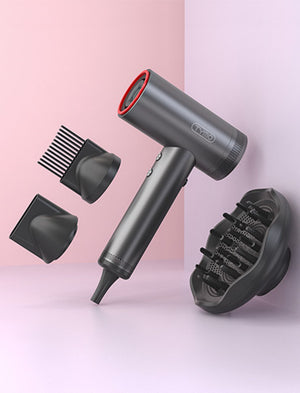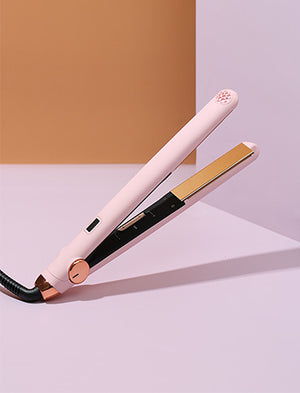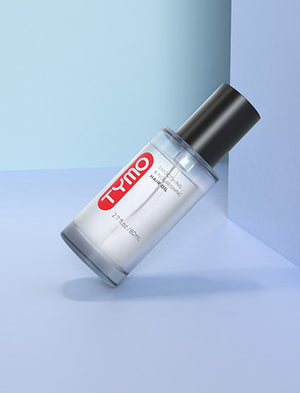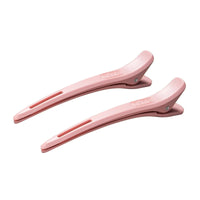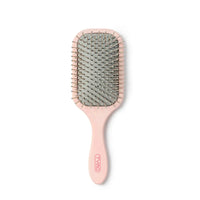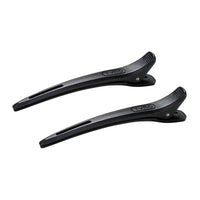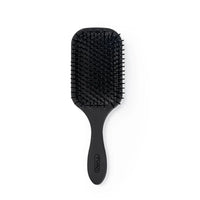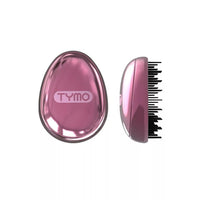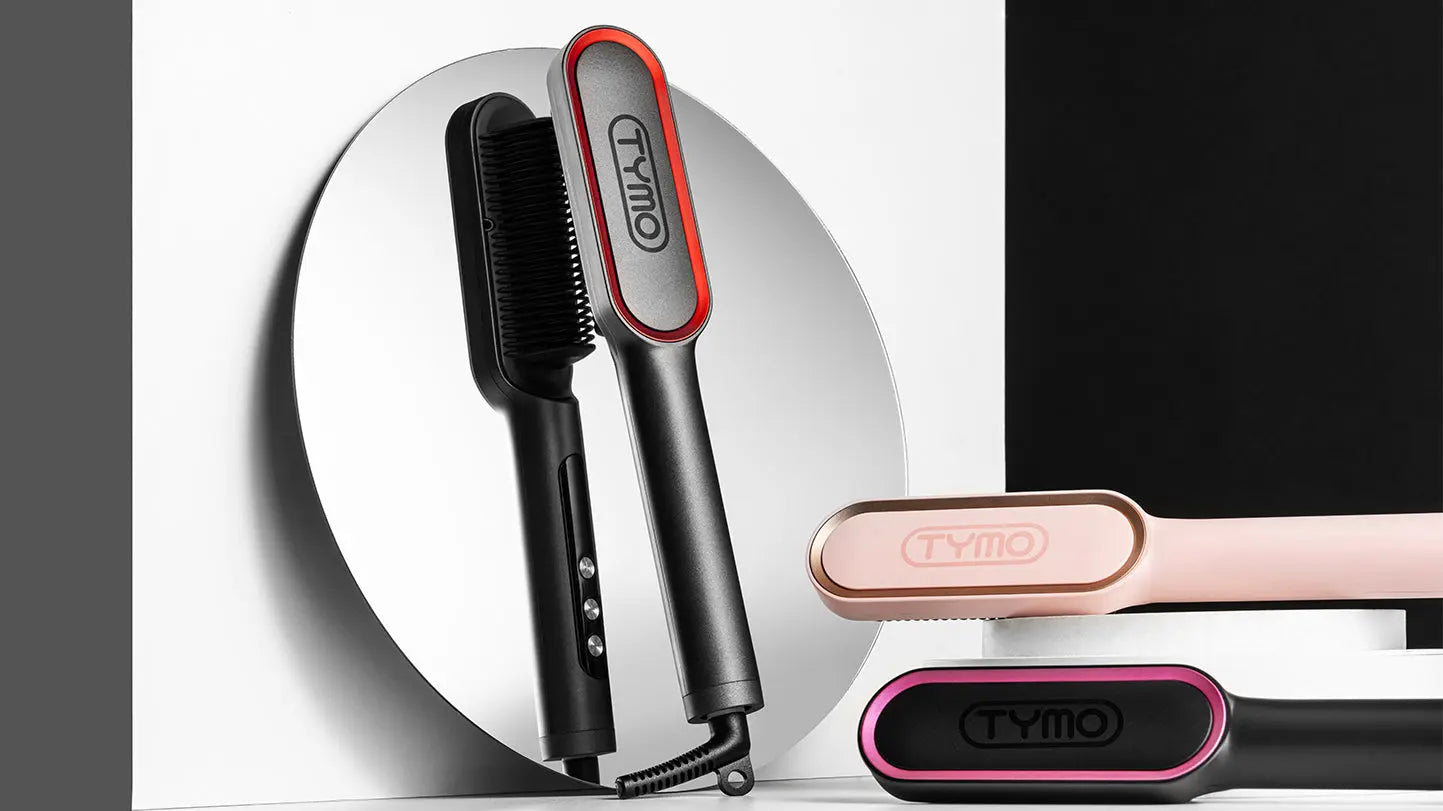
Your hair is thick, curly and frizzy. You want to straighten it, but you don't know how. I have some tips for you!
How do I straighten my thick frizzy hair?
- Use a good quality brush or comb to detangle your hair before you straighten it.
- Use a good quality hair straightener—you don't have to spend hundreds of dollars on an expensive model, but do make sure you get one that has ceramic or nano titanium plates with adjustable heat settings.
- Use a good quality heat protection spray—this will help protect your hair from damage caused by dryers and irons, especially if you're using them regularly as part of your routine.
- Use a good quality hair serum—to keep frizz at bay from the inside out, use this product after shampooing but before conditioning/styling/drying your locks for extra shine and smoothness throughout the day! I would also highly recommend using it right after towel-drying so that, when styling begins, all those little flyaway are tamed right away instead of making things difficult later down the road.
What is the best hair straightener for thick frizzy hair?
- Choose a hair straightener with a ceramic or nano titanium plate.
- Choose an adjustable temperature setting. You'll want to use the lowest setting possible in order to avoid damaging your hair—but you also don't want it so low that it doesn't have enough power to straighten properly!
- Choose a long swivel cord (or even cordless). Some models come with built-in cords that aren't very long at all; while convenient if you're using them at home, this can make them difficult to use when traveling. If you travel often with your straightener, look for one with an easy-swivel cord so that you can pack it more easily when going away on trips!
What is the best brush to use to straighten hair?
- Use a hair brush with bristles that are wide and spaced far apart.
- Don't use a brush with too many bristles.
- Don't use a brush that is too small.
- Don't use a brush that is too big.
- Don't use a brush that is too soft or hard—you don't want to damage your hair!
How can I stop my hair from frizzing after straightening?
- Use a heat protector.
- Use a hair straightener brush.
- Use a hair straightener that has a ceramic plate.
- Use a hair straightener with a titanium plate.
How can I straighten my hair without damaging it?
When straightening your thick hair, use a heat protectant before using the straightener. Heat protectants are available at any drug store and can be applied to wet or dry hair. You can also use an electric straightener comb designed for thick hair—it will help you get rid of knots and tangle while preventing breakage at the same time.
Using titanium straighteners will help ensure that your keratin treatment won't be affected by heat damage. The heat produced by ceramic plates is gentler on both skin and hair than the heat produced by other materials such as ionic tools.
Use a towel and a blow dryer, then choose the right tool for your hair type.
After you've washed, try towel drying by wrapping a towel around sections of your hair. This will help to remove excess water from your hair and give you a less frizzy, finished look.
An important step for getting straight hair is drying it with a brush or comb so that you don't end up with more tangles than when you started! While this may not be necessary for everyone, many people find that using a blow dryer on high heat with an attachment brush can really help speed up their styling routine while also leaving them with straighter strands than they would have otherwise had after air-drying in the shower. It's important not to skip this step because if there are still knots in your hair when using the flat iron or curling iron later on, it can make styling even more difficult!
As far as tools go, titanium-coated straighteners tend to be best because they're able to heat up faster than other materials such as ceramic (which tends to retain heat longer). Titanium also has better conductivity compared with other materials used in making flat irons which means less time spent waiting for it to warm up before use! If possible, try finding one that has adjustable heat settings so that you can select between low/medium/high depending on what kind of results from previous attempts worked best.
Hopefully, this guide has helped you find a solution to your own hair-straightening woes. Remember, there's no one right way to straighten hair—you just need to find what works best for you. And if all else fails? Go with your gut!




